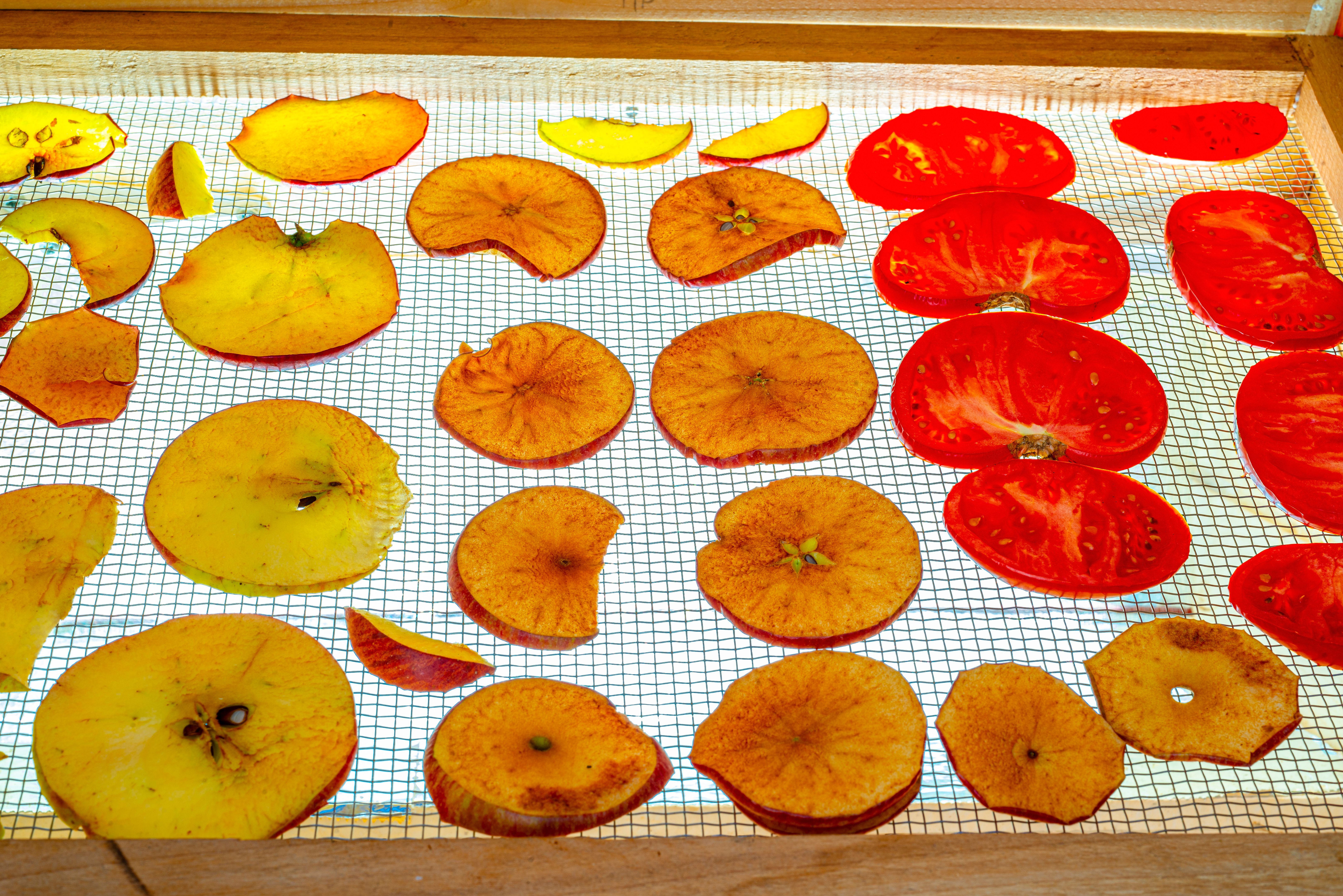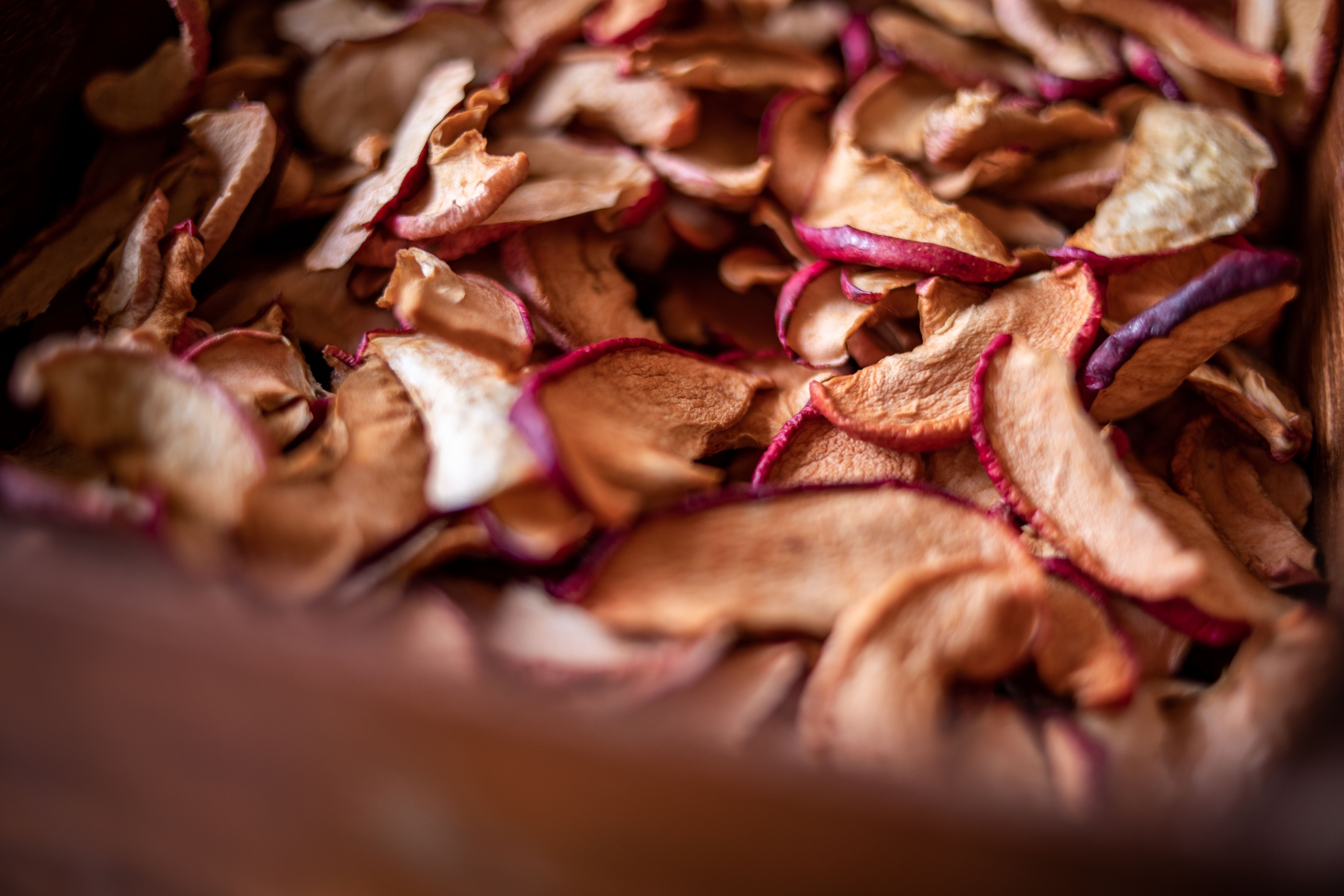Preserving Nature's Bounty: The Art of Using a Food Dehydrator
Why Use a Food Dehydrator?
In today's fast-paced world, preserving food has become an essential skill for those who value sustainability and health. A food dehydrator is a powerful tool in this endeavor, allowing you to extend the shelf life of seasonal produce while retaining its nutritional value. By removing moisture from foods, a dehydrator prevents the growth of bacteria and mold, keeping your food safe and delicious.

Unlike traditional methods of preservation, such as canning or freezing, dehydrating food maintains the natural flavors and nutrients better. This method is not only economical but also environmentally friendly, reducing food waste by providing a way to store excess fruits and vegetables for later use.
The Benefits of Dehydrated Foods
Dehydrated foods offer numerous benefits, making them a popular choice for many households. Firstly, they are lightweight and compact, which makes them ideal for camping trips or emergency food supplies. Additionally, dehydrated foods retain most of their vitamins and minerals, providing a nutritious option for snacking or meal preparation.
Another advantage is the versatility of dehydrated foods. They can be eaten as is, or rehydrated and used in various recipes. From soups and stews to baked goods and snacks, the possibilities are endless.

The Dehydrating Process
Using a food dehydrator is simple and straightforward. Start by selecting fresh produce that is ripe and free of blemishes. Wash and slice the items uniformly to ensure even drying. Arrange the slices on the dehydrator trays, making sure they do not overlap. Set the temperature according to the type of food being dehydrated; most fruits require a lower temperature than vegetables or meats.
The dehydration process can take anywhere from a few hours to a full day, depending on the food type and thickness of the slices. It's important to periodically check your food to prevent over-drying or under-drying.
Storing Your Dehydrated Foods
Once your foods are properly dehydrated, storing them correctly is crucial to maintaining their quality. Place them in airtight containers or vacuum-sealed bags to protect them from moisture and air exposure. Store these containers in a dark, cool, and dry place to maximize their shelf life.

Label the containers with the date of dehydration to keep track of freshness. Properly stored dehydrated foods can last anywhere from several months to a year, depending on the storage conditions.
Creative Uses for Dehydrated Foods
Dehydrated foods are incredibly versatile and can add flavor and texture to many dishes. Use dehydrated fruits as toppings for cereals or yogurt, or blend them into smoothies for a nutritional boost. Dehydrated vegetables can be added to soups or casseroles, while herbs can enhance the flavor of any dish.
For those with a sweet tooth, try creating your own trail mix with dehydrated fruits and nuts. The possibilities are limited only by your creativity!
Conclusion
Investing in a food dehydrator is a step towards sustainable living and healthy eating. With its ability to preserve nature's bounty efficiently, it empowers you to enjoy seasonal produce year-round while minimizing waste. Whether you're an avid gardener or simply looking to reduce grocery costs, a food dehydrator offers an invaluable solution for preserving food naturally.
Commercial Kitchen Marketplace
Your one-stop online destination for equipping professional kitchens. Discover a wide selection of durable, high-quality commercial-grade appliances, from heavy-duty ovens and refrigeration units to efficient food preparation tools and essential kitchenware. Visit our store: http://avice.org
